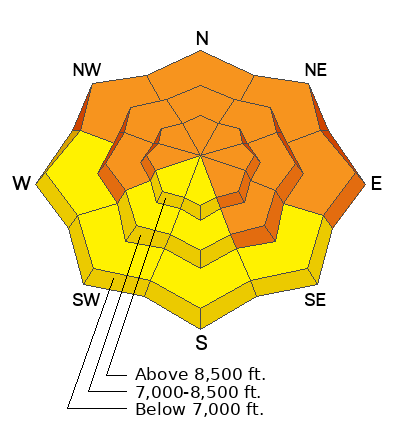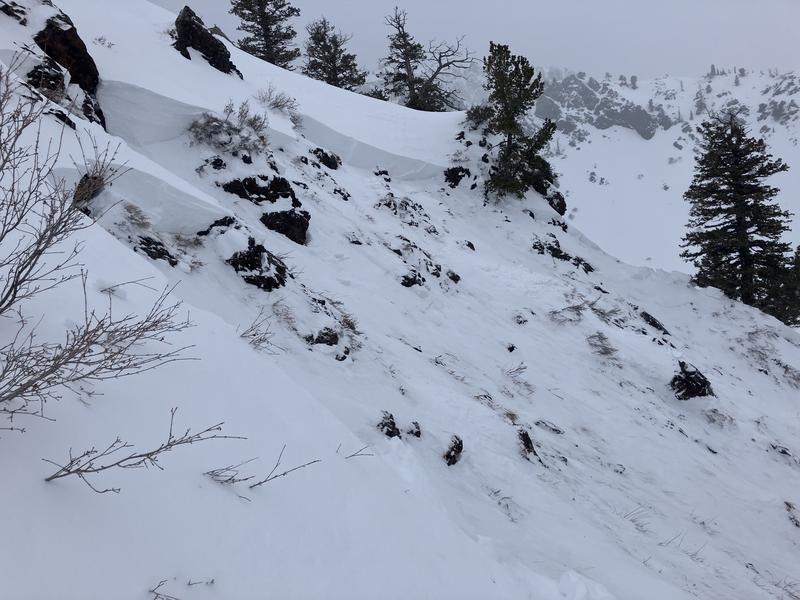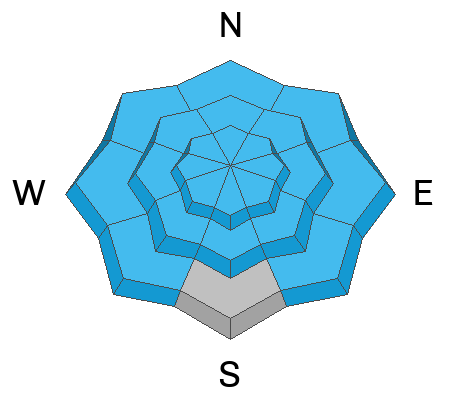Forecast for the Ogden Area Mountains

Issued by Nikki Champion on
Wednesday morning, January 24, 2024
Wednesday morning, January 24, 2024
The avalanche danger is CONSIDERABLE on mid and upper elevation slopes facing west through north through southeast, and low elevation slopes facing northwest through east. There could be a more pronounced danger where the snowpack is shallower or thinner.
Considerable means that dangerous human-triggered avalanches are likely. Cautious route-finding and conservative decision making is essential. Essential to what? Essential to making it back to the trailhead at the end of the day. Be careful out there.

Low
Moderate
Considerable
High
Extreme
Learn how to read the forecast here






